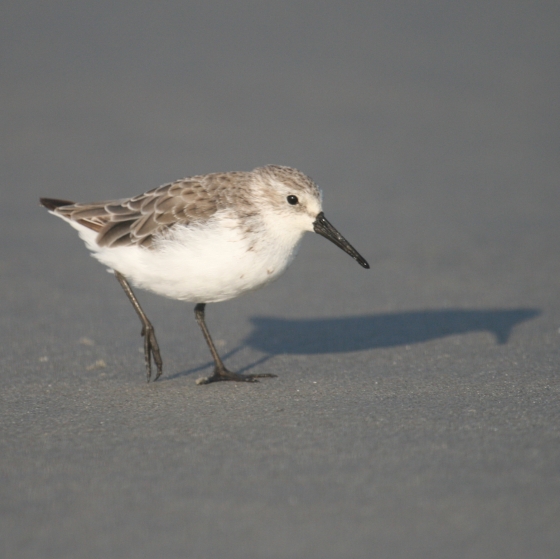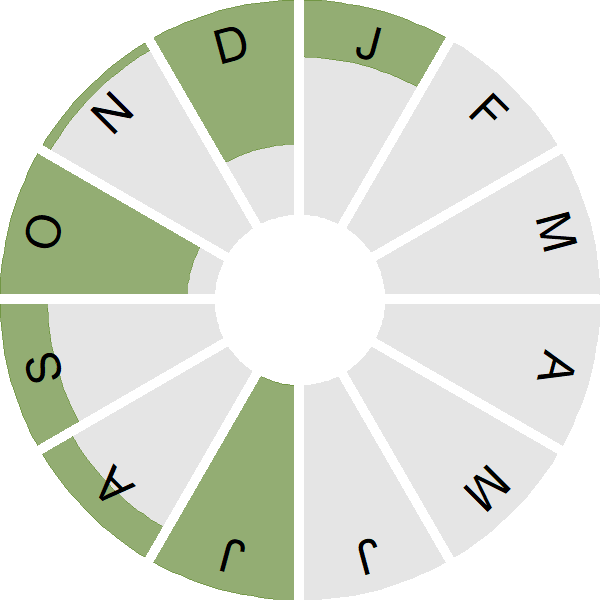Western Sandpiper

Introduction
As its name suggests, this counterpart of the Semipalmated Sandpiper (which it resembles very closely) breeds in western North America, a factor that may explain why this small wader remains an extremely rare visitor to Britain & Ireland.

Key Stats
Status and Trends
Conservation Status
Population Size
Population Change
Population trends of this scarce species are not routinely monitored.
Distribution
This vagrant is too rarely reported to map distribution.
Distribution Change
This vagrant is too rarely reported to map distribution change.
Seasonality
Western Sandpiper is a very rare vagrant with most records in autumn and winter.
Weekly pattern of occurrence
The graph shows when the species is present in the UK, with taller bars indicating a higher likelihood of encountering the species in appropriate regions and habitats.

Movement
Britain & Ireland movement
Biology
Survival and Longevity
Survival is shown as the proportion of birds surviving from one year to the next and is derived from bird ringing data. It can also be used to estimate how long birds typically live.
Classification, names and codes
Classification and Codes
- Order: Charadriiformes
- Family: Scolopacidae
- Scientific name: Calidris mauri
- Authority: Cabanis, 1857
- BTO 2-letter code: ER
- BTO 5-letter code: WESSA
- Euring code number: 4990
Alternate species names
- Catalan: territ d'Alaska
- Czech: jespák aljašský
- Danish: Alaska-ryle
- Dutch: Alaskastrandloper
- Estonian: alaska risla e. alaska rüdi
- Finnish: tundrasirri
- French: Bécasseau d’Alaska
- German: Bergstrandläufer
- Hungarian: alaszkai partfutó
- Icelandic: Hólmatíta
- Irish: Gobadáinín Iartharach
- Italian: Gambecchio dell’Alaska
- Latvian: Alaskas šnibitis
- Lithuanian: aliaskinis begikas
- Norwegian: Beringsnipe
- Polish: biegus alaskanski
- Portuguese: pilrito-miúdo
- Slovak: pobrežník aljašský
- Slovenian: aljaški prodnik
- Spanish: Correlimos de Alaska
- Swedish: tundrasnäppa
- Welsh: Pibydd y Gorllewin

